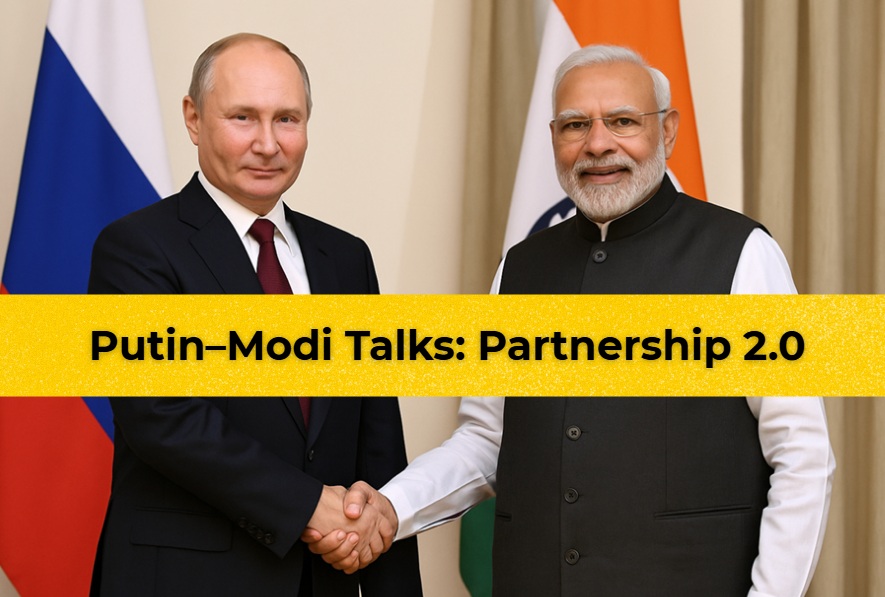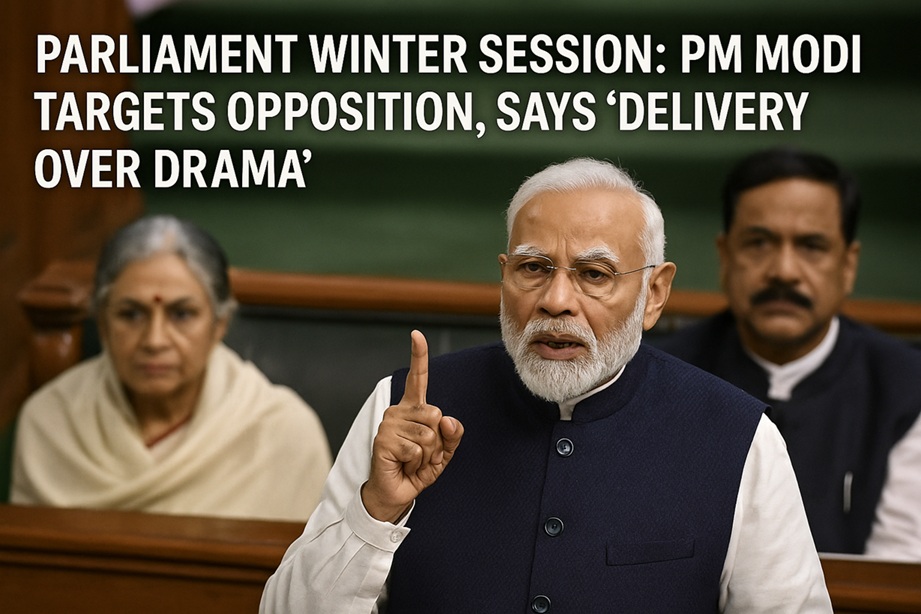The recent terrorist attack in Pahalgam, Jammu and Kashmir, has triggered a robust response from India, escalating tensions with Pakistan. In a series of calculated moves, New Delhi has intensified diplomatic, economic, and military pressure on Islamabad, leaving Pakistan struggling to respond. From suspending water-sharing agreements to military posturing and financial strangulation, India’s multi-pronged strategy is exposing Pakistan’s vulnerabilities.
1. Water Warfare: India Turns Off the Tap
One of India’s most significant retaliatory steps has been leveraging its control over rivers flowing into Pakistan.
Suspension of the Indus Water Treaty (IWT): After 65 years, India has halted water-sharing under the IWT, a move that directly impacts Pakistan’s agriculture and drinking water supply.
Chenab River Blocked: The Baglihar Dam in Jammu has stopped releasing water into Pakistan, severely affecting irrigation and hydroelectric projects downstream.
Next Target – Jhelum River: Reports suggest India may further tighten the noose by restricting the Jhelum’s flow through the Kishanganga Dam.
Impact on Pakistan:
Agricultural Crisis: Pakistan’s Punjab and Sindh regions, heavily dependent on Indus waters, face drought-like conditions.
Economic Fallout: Reduced hydropower generation worsens Pakistan’s already crippling energy crisis.
Public Unrest: Water shortages could trigger protests, adding to Islamabad’s domestic troubles.
2. Military Posturing: India’s Show of Strength
Prime Minister Narendra Modi has held high-level meetings with defense chiefs, signaling preparedness for any escalation.
Air Force & Navy on High Alert:
- IAF Chief Air Chief Marshal AP Singh met PM Modi to discuss operational readiness.
- Navy Chief Admiral Dinesh K Tripathi reviewed maritime security amid reports of Pakistani submarine movements.
Russian Air Defense Boost: India has reportedly acquired advanced air defense systems from Russia, enhancing its ability to counter potential aerial threats.
Pakistan’s Military Weaknesses Exposed:
Ammunition Shortage: Reports suggest Pakistan’s military lacks critical artillery shells, having allegedly supplied much of its stock to Ukraine.
Financial Crunch: Pakistan’s defense budget is stretched thin, with daily operational costs draining its already bankrupt treasury.
Nuclear Bluff Called Out: While Pakistani leaders threaten nuclear war, experts highlight its lack of second-strike capability compared to India’s robust nuclear triad.
3. Economic Strangulation: Pakistan’s Collapsing Economy
Pakistan’s economy is in freefall, and India’s actions are accelerating its decline.
Currency Crash: The Pakistani rupee has hit a historic low (1 INR = 3.32 PKR), with inflation soaring.
IMF Loan in Jeopardy: India is lobbying to block further IMF bailouts, arguing Pakistan diverts funds to terrorism.
Stock Market Crash: Pakistan’s stock exchange plunged by 3,500 points amid war fears and economic instability.
4. Psychological Warfare: Pakistan’s Leadership in Panic
Pakistan’s civilian and military leadership appears rattled by India’s aggressive posture.
Nuclear Threats Backfire: Pakistan’s Defense Minister Khawaja Asif’s nuclear warnings have been met with skepticism, given India’s superior retaliatory capabilities.
Fear of Israeli Involvement: Pakistani media claims Israeli operatives are assisting India along the LoC, adding to Islamabad’s paranoia.
Public Dissent: Opposition leaders and analysts within Pakistan are questioning the government’s ability to handle the crisis.
5. Diplomatic Isolation: Pakistan Loses Global Sympathy
Unlike past conflicts, Pakistan is struggling to garner international support.
EU’s Weak Response: The European Union’s call for restraint was rebuffed by India, which demanded concrete action against terrorism.
China’s Silent Stance: Despite being Pakistan’s closest ally, China has remained cautious, unwilling to escalate tensions with India.
Russia’s Support for India: Moscow’s supply of defense systems reinforces India’s strategic advantage.
Conclusion: India’s Long Game
India’s strategy goes beyond immediate retaliation—it aims to cripple Pakistan’s economy, expose its military weaknesses, and force it to abandon terrorism as a state policy.
Short-Term Goal: Financial and hydrological pressure to weaken Pakistan’s stability.
Long-Term Vision: Force Pakistan to the negotiating table on India’s terms or face irreversible decline.
As the situation unfolds, one thing is clear: India is no longer reacting defensively but is proactively shaping the battlefield—economically, militarily, and psychologically. Pakistan, already on the brink, may soon have to choose between surrender or collapse.
#pahalgamattack #chenabrailbridge #jammuandkashmir #pmmodi #asimmunir #shehbazsharif #ajitdoval #amitshah #pakistan #induswatertreaty #indianairforce #indiannavy #airchiefmarshal





